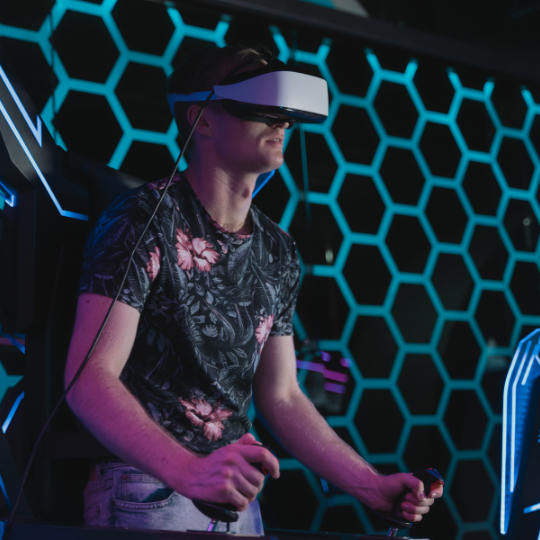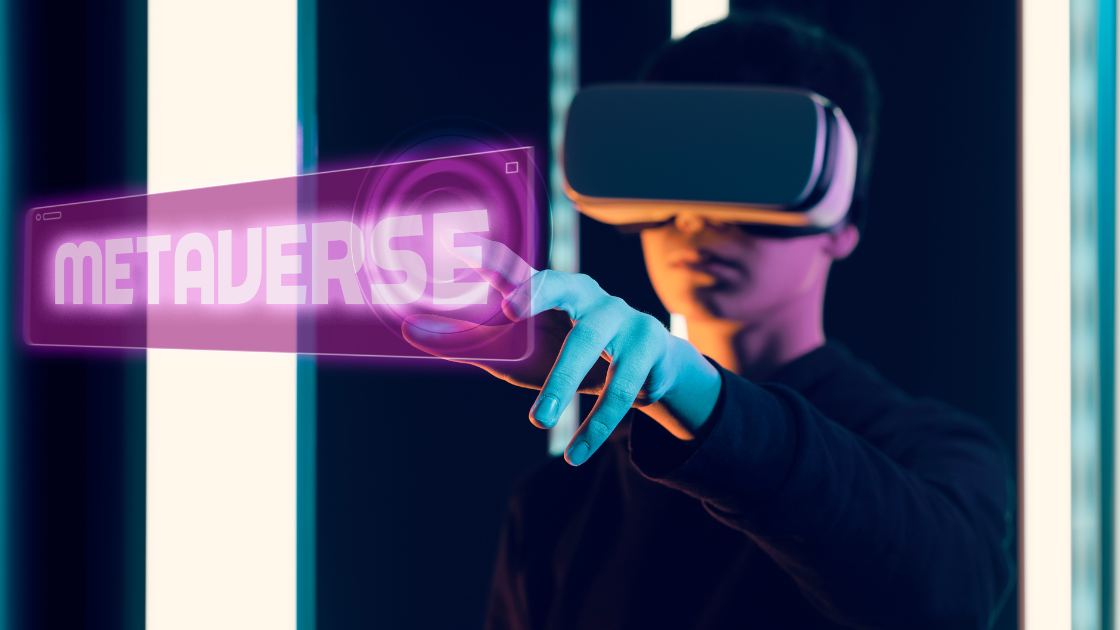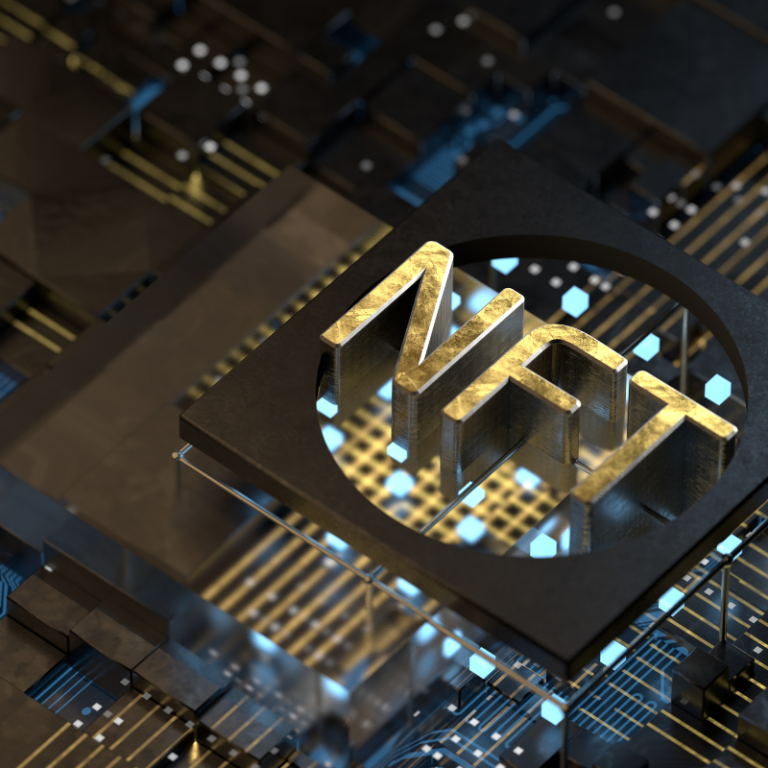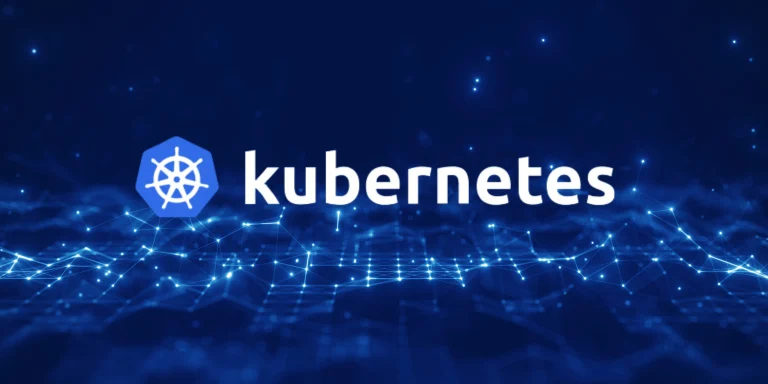In the year 2024, we have achieved remarkable advancements in building new tech. Talking about new gen tech, one word comes instantly in our minds—’Virtual Reality Metaverse’.
Some may call it fusion of reality and science fiction fantasy. But virtual technology has emerged as the opening gate for many innovations which didn’t seem possible a while back.
Challenging our conventional notions of space and time to imagine beyond. In this blog, we will discuss the Virtual Reality Metaverse and what transformations can we expect. Is it really ready to redefine human experience?
Where It All Started
The journey to the metaverse is thick and multi-layered. The metaverse is a fusion of science fiction, technology, and digital culture.
All of these steps taken together hewed the path to today’s virtual reality metaverse. The blending of the imaginary vision from literature and real technological innovation.
To understand this history puts the metaverse’s current trajectory and future development into perspective.

Literary Origins and Conceptualization
The concept of the metaverse really came about within the imaginative worlds. Opened up by early 20th-century literature. Visionaries like Antonin Artaud, who wrote in the first part of the last century. And writers of science fiction make pictures in our mind of other realities. Across which the lines between the physical and digital worlds blur.
Then films like “2001: A Space Odyssey” and “The Matrix” pushed this further. By simply questioning what reality means. However, the use of the term “Metaverse” dates back to Neal Stephenson’s 1992 novel, “Snow Crash,” in which he proposed a fully immersive virtual world. It was accessed through VR goggles—an extremely radical idea at that time. But an idea which has formed the base for the virtual reality metaverse we know today. Something which began as fiction became very quickly, a blueprint for the future.
Technological Advancement over Time
The technological discoveries were crucial in manifesting the metaverse from concept into reality. From the very first VR machine, Morton Heilig’s Sensorama, which dates back to 1952 . It involved several senses, adn from there to the first head-mounted display by Ivan Sutherland in 1968. Which allowed the user to see basic 3D models.
The development accelerated to high-end VR technologies. When VPL Research popularized VR in the 1980s with their Data Glove and EyePhone. In the 1990s, proto-metaworlds like Active Worlds and Second Life made their appearance. A view into areas where individuals would collaborate in shared digital spaces.
Understanding Metaverse
While the said technologies are imperative for the virtual reality metaverse, the metaverse is not represented by them but only stands for access to it and ways of experience. Therefore, the metaverse is way too much than only Virtual Reality, Augmented Reality, and Mixed Reality; it also means blockchain, AI, and a lot more.
Whereas AR simply overlaps information on top of a real-world view, MR combines both the physical and virtual environments.
This is an MR that thoroughly envelops the user in a totally digital environment. It is further enhanced by other fast-emerging technologies that include brain-computer interfaces and quantum computing. Thus, Metaverse is a convergence of technologies straight out of people’s imaginations. Offer an immersive and interactive environment way beyond a single medium.
Global Metaverse Race
The global virtual reality metaverse market is exploding, with its value surging from $40 billion in 2021 to more than $1.6 trillion by the year 2030, with a possible peak of $5 trillion.
This rapid expansion creates intense geopolitical competition in which the USA and China are literally at the front line. It is not passive for any government—China established a Metaverse Industry Committee. And cities like Shanghai integrated the metaverse into public services.
South Korea is investing $177 million to be at the forefront; Dubai’s Metaverse Strategy is set toward making it a global hub. Interest in the metaverse currently exists most significantly in developing countries. Such as Turkey and India, at 86% and 80%, respectively. Comparatively, interest is lowest in developed nations like Germany and France. Shaping up real nice is a global race in the future of digital interaction and economic opportunity.
This is an MR that thoroughly envelops the user in a totally digital environment. It is further enhanced by other fast-emerging technologies. Including brain-computer interfaces and quantum computing. Thus, the virtual reality metaverse is a convergence of technologies. Straight out of people’s imaginations. Offering an immersive and interactive environment way beyond a single medium.
NFTs: Metaverse’s New Digital Economy
NFTs reinvent ownership in the Metaverse and a new digital economy is really dynamic. Although it began as a new form of digital art, it is increasingly moving into areas ranging from virtual real estate to in-game assets.
That expands NFTs into new light for both content creators and investors. Or towards great tools for entrepreneurs to monetize digital creation and investments. But in that process, these very new-fangled things challenge much of the traditional thinking.
In economics by introducing ideas such as authenticity and scarcity into a heretofore fuzzy digital universe. As originality and exclusivity gain value in the digital property realm. NFTs are carving a path in which the seeds are sown now, and years later, this will come to transformational fruition. As a fully functional, integrated economic space for Metaverse.
Will Metaverse Be Back?
Beside all of this, today many people will be wondering. If the metaverse, once the next best thing is going to stage some kind of comeback. Initial euphoria that had swept through the tech world in 2021. And promised digital utopias and virtual worlds began gradually dissipating. Bashed in the face by harsh realities during implementation.
The hype gave way to skepticism, stock values dropped, and the metaverse seemed to go into the shadows. But one forming sentiment says that 2024 can just be the year of the metaverse renaissance. This time more reality-based and oriented toward creating actual user experiences.
Major attempts are underway aimed at clearing out the usability challenges. Which curbed the early days of the metaverse. Isolated and fragmented digital universes of yesteryears now give way fast to environments. In a more unified and integral way. This development is giving way to a prospect of a digital realm as accessible and indispensable as the internet itself. Instead of hollow buzzwords, the metaverse is starting to show what real, palpable advantages it will bring.
Technological progress is playing a very important role in this transformation. Sleeker, more sophisticated headsets bring virtual worlds even closer to our physical reality, and haptic technology adds a new layer to the sensory experience. Spatial audio gives a feel of multidimensionality to the sounds, that is near to real life.
Empowering users to take control of their digital lives with very realistic avatars and easy tools to create virtual experiences, spatial audio has made its way into the metaverse. As it continues to progress, the virtual reality metaverse is bound to be a big part of our lives in the near future.
Final Thoughts
With these challenges facing our time, the virtual reality metaverse is proving to be much more than an escape from the real world. Instead, it is a world of limitless opportunities. An astounding vision of the future where technology and humanity coexist.
It will be more like a place that will redefine not only how we live, work, and relate to one another. But as a haven for digital innovation, cultivation, and comfort.
All in the midst of the real world’s intricacy. Growing up as a digital native, it will bring tectonic implications. And what i think its a potential time for us to thrive and build a future that is so much better connected.







